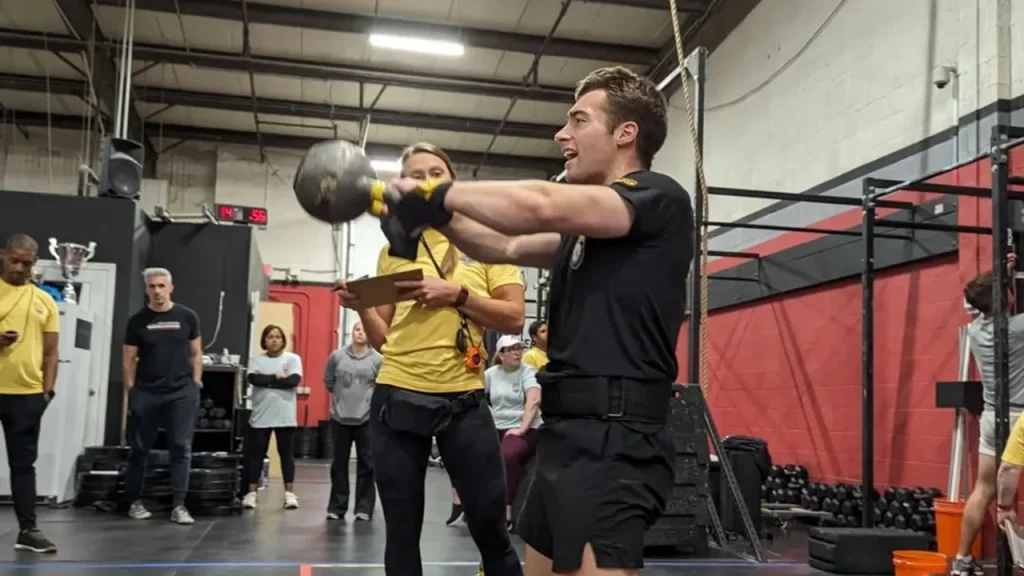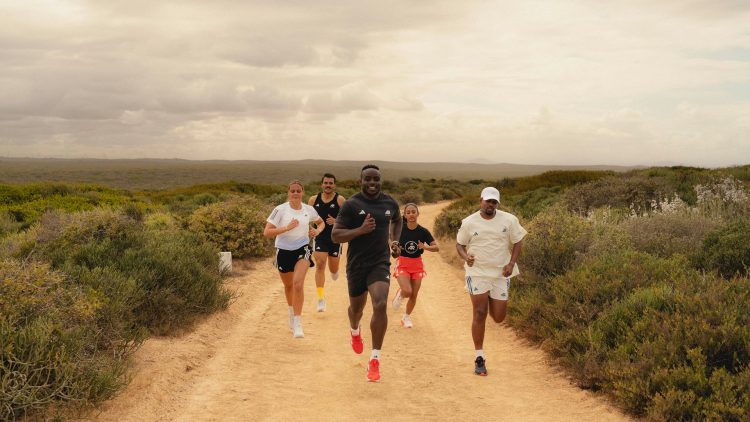In the broader conversation about health equity and fitness accessibility, grassroots gyms are emerging as powerful agents of change. While high-end fitness centers dominate urban landscapes with luxury amenities and hefty price tags, low-cost or donation-based gyms quietly but effectively bridge the gap between wellness and affordability in underserved neighborhoods. These community-driven initiatives are reshaping what it means to be “fit” by focusing less on aesthetics and exclusivity and more on inclusivity, empowerment, and sustainability. By prioritizing access over profit, grassroots gyms foster a new kind of fitness culture—one built on resilience, representation, and communal care.
A New Model of Health Access
Grassroots gyms challenge the traditional fitness industry model by offering flexible membership options, including sliding-scale fees, pay-what-you-can structures, or entirely donation-based operations. These gyms often operate out of repurposed buildings, local recreation centers, or community spaces, which reduces overhead costs and allows savings to be passed on to members. This financial flexibility ensures that residents of lower-income areas—often priced out of conventional gyms—can engage in regular physical activity without economic strain. It’s not just about getting fit; it’s about reclaiming agency over health in environments where access to care is often limited.
The Intersection of Fitness and Health Equity
Health equity goes beyond simply providing opportunities—it requires addressing the social determinants that affect well-being, such as income, education, race, and access to resources. Grassroots gyms function within this framework by offering inclusive programming designed to meet the unique needs of their communities. In neighborhoods where chronic illnesses like diabetes and hypertension are more prevalent, these gyms provide a proactive space for disease prevention through movement and education. Many grassroots gym founders are local residents themselves, deeply familiar with their community’s challenges, and therefore equipped to offer culturally competent support and guidance.
Inclusivity in Design and Programming
Unlike traditional gyms that may cater to a narrowly defined aesthetic or fitness ideal, grassroots gyms intentionally create welcoming environments for people of all ages, sizes, genders, and abilities. The programming reflects this diversity, often including trauma-informed yoga, strength training for seniors, self-defense classes for women, and mobility sessions for people with disabilities. Trainers and staff are frequently multilingual and trained in cultural sensitivity, ensuring that language and cultural barriers don’t inhibit participation. By offering a broad range of services in a safe and inclusive space, these gyms empower individuals who may have felt marginalized or intimidated in mainstream fitness settings.
Community as a Cornerstone
One of the defining features of grassroots gyms is their emphasis on community. These are not anonymous, transactional spaces where members swipe in, plug in their earbuds, and avoid eye contact. They are vibrant ecosystems of support and connection. Classes often end with open discussions, shared meals, or mutual aid initiatives like food drives or mental health check-ins. By intertwining fitness with community-building, grassroots gyms foster social cohesion, reduce isolation, and build networks of care that extend beyond the workout. The gym becomes not just a place for physical transformation, but a hub of collective growth and healing.
Training the Next Generation of Local Leaders
Many grassroots gyms prioritize leadership development by training local residents as fitness coaches, wellness educators, and youth mentors. These opportunities create pathways for employment, skill-building, and intergenerational knowledge sharing. In some cases, former gym members become certified trainers, nutrition advisors, or even co-founders of new community wellness spaces. This leadership pipeline helps maintain authenticity and relevance while cultivating a sustainable ecosystem of health empowerment from within. When people see trainers who look like them, speak their language, and understand their lived experiences, they feel more inspired to engage and trust the process.
Mental Health and Emotional Well-Being
While the physical benefits of exercise are well-documented, grassroots gyms also emphasize the mental and emotional dimensions of wellness. Many offer workshops on stress management, body positivity, trauma recovery, and emotional regulation. The gyms become sanctuaries where individuals can release tension, process emotions, and find resilience through movement. In underserved neighborhoods where access to mental health services is often limited, these spaces play a critical role in emotional support and psychological healing. Group workouts provide a shared sense of purpose, while open forums foster vulnerability and validation.

Partnerships and Sustainability
Sustaining a grassroots gym requires more than passion—it demands strategic partnerships and resourcefulness. Many such gyms partner with local nonprofits, health clinics, universities, and city governments to secure funding, expand programming, and offer wraparound services. These partnerships can lead to nutrition classes taught by local dietitians, free health screenings from community nurses, or job readiness workshops co-hosted with workforce development agencies. By integrating into the broader social fabric, grassroots gyms become essential nodes in a community health network rather than isolated workout spaces.
Technology Meets Grassroots Mission
While grassroots gyms often rely on in-person engagement, many have adopted digital tools to enhance accessibility. Online classes, community WhatsApp groups, and social media challenges keep members connected even outside the gym. This digital presence broadens their reach to those who may not be able to attend physically due to mobility issues or scheduling conflicts. It also allows for knowledge dissemination—posting nutrition tips, workout videos, or success stories that inspire and educate. These tech-enhanced models prove that innovation doesn’t require high budgets—just intentionality and creativity.
Stories of Empowerment
Take, for instance, the story of a single mother in Detroit who credits her local donation-based gym with helping her overcome postpartum depression and regain confidence. Or the young man in East LA who became the first certified trainer in his family and now leads youth boot camps. These stories are not anomalies—they are testaments to the transformative potential of community-powered fitness. For many, grassroots gyms provide a lifeline, a sense of belonging, and a platform to reclaim their health narrative.
Overcoming Barriers and Looking Forward
Grassroots gyms are not without challenges. Limited funding, volunteer burnout, and lack of access to updated equipment are ongoing hurdles. But their ability to adapt, innovate, and mobilize community support allows them to persist where traditional models might falter. As public awareness grows, more stakeholders—from local governments to philanthropic organizations—are recognizing the value these gyms provide. Investing in grassroots fitness means investing in people, neighborhoods, and a more equitable health future.
Conclusion: A Movement That Moves Everyone
Grassroots gyms are more than budget-friendly workout spaces—they are catalysts for change. They redefine what fitness can look like when it is rooted in compassion, accessibility, and community empowerment. In neighborhoods that have historically been excluded from mainstream health and wellness conversations, these gyms offer not just equipment, but hope. As the movement grows, so too does the possibility of a future where fitness is not a luxury, but a shared right. It’s time to look beyond the boutique studios and glossy marketing campaigns and start supporting the spaces that move us all forward—together.

















































